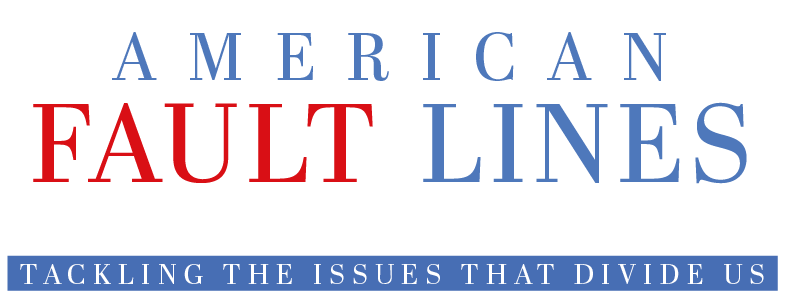Internet.com (April 21, 2001)
Newspapers are reeling, dot coms are tottering and ad agencies are bleeding, but in the midst of what is quickly becoming the Great Media Meltdown, Internet tradeshow organizers are dodging and weaving to find opportunity in the angst.
"The Internet community needs these events more than ever because there's more information to share and people need new clients," says Jason McCabe Calacanis, editor and publisher of Silicon Alley Reporter, which produces several industry conferences.
Many of Calacanis' colleagues agree, with a very large caveat.
"There's actually more of a real need now for really sound advice and counsel on how to do business on the Internet and how to use it effectively, but the reality is that companies that were funding many of these conferences are looking at every ad dollar they are spending in a much different way," reports Jonathan Zemmol, a principal of the International Advisory Group. The firm has produced conferences for such Internet players as Gartner Research, Screaming Media and Concrete Media, but Zemmol says that the number has dropped sharply this year.
"It's becoming more challenging," he observes. "I think people will still pay to attend conferences where you have good, high quality, high level speakers. It's when the issue is having companies sponsor or fund these programs that you run into a problem."
"At the end of 2000, anybody could put together a show," adds Calacanis of Silicon Alley. "Get some sponsors, put the word on the Internet and people would show up. Now it takes a lot more work."
Short & Sharp
One solution is smaller, shorter, more tightly focused events, with lower overhead and fewer sponsors.
"We realized there wasn't going to be a future for big, general events and we refocused our product line to be very niched and extra-focused," says Calacanis. "Typically our events were one to three thousand, we're now trying to have 300 to 700 of the 'right' people and five to 15 sponsors."
Silicon Alley has also increased its emphasis on exclusive events like an invitation-only CEO dinner series: "In this economy, the decision markers are so busy they don't have time to spend three days at a conference."
Quality over quantity is a formula many conference organizers are shooting for. And with it, they say, is an emphasis on raising the level of attendees as well -- from mid-level managers looking for information to top execs on the prowl for new survival skills and deals.
Barry Soicher who heads The Industry Standard's conference division, reports that the company's recent wireless event, Roam, drew 350 "really good quality" participants.
"The level of attendee has increased," says Soicher, who recently joined the Standard from Red Herring. "They're trying to figure out how to run their business in the midst of all this and having a more hands-on approach. Getting out of your office and getting a reality check is even more important than before."
Better than expected
The organizers of the big May Internet advertising event, @D:Tech, say that despite the ongoing ad industry fallout, prospects for success still look good.
"Our experience, so far anyway, is very surprisingly positive in that the show has held up extremely well through this serious downturn," says Joel Davis, a vice president at Imark Communications. "We've seen a little slip on the exhibit floor. A number of companies are not with us anymore, but we have added more companies that have not exhibited with us before."
And while networking at trade shows may be more important than ever for some executives, that doesn't mean they feel the same way about sitting through an expensive program.
"What we're seeing is an increase in the number of people coming who are exhibit hall-only attendees -- just to see the booths and exhibitors -- and a reduction in the number of people coming for the entire fully-paid conference," Davis reports.
Which gets right back to the issue of quality. Organizers say that if they are going to continue to attract these new, higher-quality conference attendees, they have to provide something worth coming back for.
"I find this year it's all about delivering the goods: A great program with great content," says Soicher of the Standard, who insists his company is in it for the long haul. "We have to be smart: Under-promise and over-deliver. This is not the year we're going to make a huge sum of money, but we'll do ok."
Overall, the numbers are down, but, according to the gatekeepers, not disasterously. Calacanis reports that attendance at Silicon Alley 2001 was off only 15 percent from last year's event, and Soicher says the Standard's Roam wireless conference in mid-April paid its own way.
"We didn't compromise our values, we didn't give away tickets, we didn't have to beg," he says proudly. "We kept to our model."
Bernardo Joselevich, who compiles the weekly Bernardo's List, a compendium of Internet events and parties in New York, says there are still 45 Web-related events a day in the Big Apple, where last year there were 60.
"Conferences still fill up," says Joselevich. "It irks me that journalists call and say, 'Isn't all this terrible?' And actually, what's newsworthy is exactly the opposite."
In for the long haul
Soicher says he is building for the future, creating events that will have the legs to bring back participants year in and year out.
"You can't just cut and burn everything, otherwise you don't have a product. You have to stay in the game," he insists. "Would you stop publishing a magazine just because it didn't get enough ads?"
Well, actually, most publishers eventually would. Still, many conference organizers say it hasn't yet come to that.
"People still need information, they still want to be face-to-face with their customers or peers or competitors and stay on top of the marketplace," says Davis of Imark. And, he adds, trade shows have an advantage over advertising-driven media.
"Where ad dollars are often cut very quickly, trade show spending usually comes from the sales promotion budget and those dollars are typically not cut so quickly," he says. "And in bad times you don't want people to look around [a trade show] and say, 'They mustn't be around anymore."


